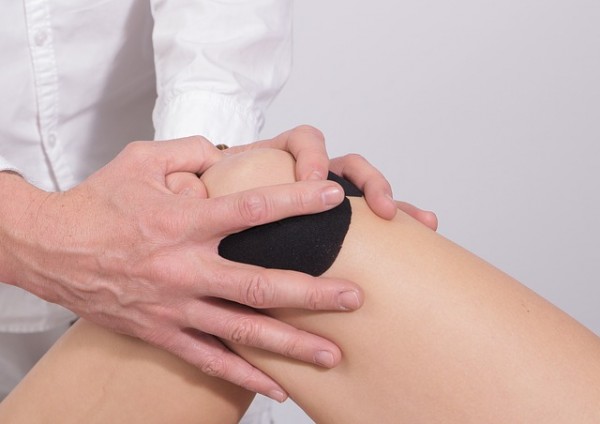Researchers Claim New Hydrogel Could Potentially Replace Damaged Knee Cartilages

Cartilage plays a vital role in a person's knees. However, unfortunately, once it's worn out or damaged, repairing it is undeniably a challenge. More often than not, a replacement is even required.
Medical experts cite the knee as a key "stress point of the human body." Therefore, the cartilage in it needs to be robust enough to support an individual's weight. It needs to be soft enough though to control the powerful forces of each step.
When this valuable part of the body gets injured or gets worn out after many years of constant use, it does not completely heal. There are even times when the only solution left is to go through a complete replacement of the knee.
But even if it gets replaced, replacements are not as good as the real one. Now, Duke University researchers have developed a new technology, in the form of a hydrogel that is strong enough to withstand forces just as how natural cartilage does.
ALSO READ: New Microfluidic Device Can Monitor Health Conditions Through Human Sweat
Potential Cartilage Replacement
For a while now, researchers have been studying hydrogels for their potential as a replacement material for cartilages. These elements are elastic materials in gel form, mostly made of water.
Medical researchers have increasingly been finding its therapeutic applications, such as helping wounds heal, stopping bleeding, and even stimulating regrowth of tissue.
As promising as these hydrogels may appear, they have been judged in the past as quite weak to function as support for the weight of the body.
Nevertheless, the Duke researchers claim that they have developed a new version of these hydrogels with mechanical properties similar to that of the cartilage.
DON'T MISS THIS: New 5-Minute Urine Test Can Measure the Health of a Person's Diet, Study Says
What It's Made Of, and How It Works
Hydrogels are made up of numerous interlocks of polymer strands that are woven together.
One of these connections has elastic strands, while another is more rigid. Additionally, a third network has cellulose fibers made for the reinforcement of the structure.
Together, all of these three interlocks provide the hydrogel's ability to return to its natural shape after it gets squeezed or stretched.
The said study indicates that the cellulose fibers contribute to the first point as they refuse pulling. They also keep the whole material from being worn out or torn apart.
The inflexible polymer mesh, on the other hand, pushes back, fighting squeezing forces as the strands--which are negatively charged--resist each other.
Abilities of the New Hydrogel
Study coauthor Feichen Yang said, "only this combination of all three elements is both stiff and flexible," making it secure.
In trials, the researchers presented the new hydrogel's abilities. Based on the study, a disk of the hydrogel sized similar to that of a coin, could hold up a 45-kilogram or 100-pound kettlebell weight sans tearing or losing its shape.
Additionally, the new hydrogel was stretched 100,000 times. Consequently, it was able to hold up just as reliably as porous titanium, which is presently employed for the implantation of bone. This finding, the researchers claimed, was quite more robust than they anticipated.
The material was also rubbed against a natural cartilage sample a million times, and as a result, like the original material, it is equally wear-resistant.
What's even better, the team shared, is that the new hydrogel is four times stronger than the current synthetic cartilage. They claimed that their latest development displays the potential for being a replacement material for damaged cartilages in knees.
However, such clinical employments are still a couple of years away at the earliest. For now, they said that their next plan is to develop an implant, which they will test in sheep.
IN CASE YOU MISSED IT: Apple Watch Introduces Features That Will Allow Doctors to Remotely Monitor Patients as they Age
Jul 01, 2020 08:24 AM EDT





